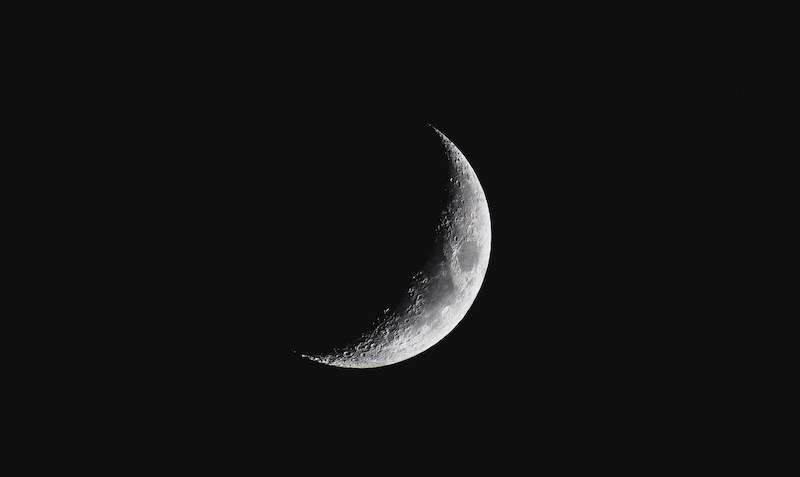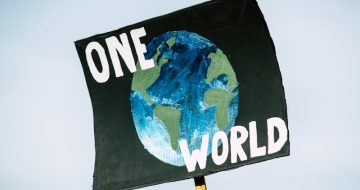Oxford grad Declan Peters explores the legal issues with lunar mineral extraction

Space has long been considered ‘the final frontier’ for humanity. However, recent scientific and economic developments have meant that the reality of increasingly frequent space exploration is drawing ever closer. This gives rise to a number of legal problems — the focus of this article being an increased interest in extracting resources from the Moon.
Space law (in reality, a handful of vaguely worded and varyingly effective agreements) is generally still in its infancy, and lacks sufficient precision to regulate these activities effectively. Current signs of the major international space agencies ‘going it alone’ raise increasingly serious concerns given the number of planned missions within the near future.
In 2006, astronaut Jack Schmitt, the most recent man on the Moon (having visited in 1972), published his book Return to the Moon. In this work, he briefly discusses his experiences there – but then goes on to describe, in detail, the fact that he thinks the Moon holds a potential solution to Earth’s energy problems via isotope helium-3 (as reiterated a number of times). And to obtain it? We would need to mine the Moon.
The idea of mining the Moon for resources did not begin with Schmitt, by any means. As soon as it became clear that the Moon holds a number of potentially precious resources (both in regard to minerals and life-sustaining essentials like water, which mostly exists in the form of ice deposits on the Moon), conversations started around how we could potentially extract them. Add to this the fact that NASA is claiming we will have boots on the Moon again by 2026, and there is clearly something worth talking about here.
The problem, as is often the case, is the law. Who can extract resources on the Moon? Is there a difference between private companies mining the Moon and nations themselves mining there? What are the potential Environmental Social and Governance (ESG) implications of extracting natural resources from another body within our solar system? Will there be limitations on what can be extracted? How are we expected to divide up mining zones between different parties?
Let’s start with some context – the Outer Space Treaty of 1967 (the Treaty). This agreement formed via the United Nations and includes, amongst its 115 signatories, all of the nations with significant space-related programs (for now, at least). The main focus of the Treaty is naturally (given the relevant date) that of intercontinental ballistic missiles amongst the Cold War’s arms race. Less detailed is its discussion of lunar mining. Article 1 broadly states that the exploration of space ‘including the Moon’ shall be carried out ‘for the benefit and in the interest of all countries’, with the idea that the Moon is the ‘province of all mankind’. Article 2 elaborates on that last point further, essentially stating that no nation can try to lay claim to a specific part of the Moon (though notice the absence of an explicit reference to private bodies at this point).
In 1979, the second major change came in the form of the Moon Agreement. This was more explicitly worded, essentially banning the commercial exploitation of space resources (including lunar mining). Perhaps as a result of this more restrictive nature, a number of major space-faring nations are not party to it – including China, Russia, and the US.
Want to write for the Legal Cheek Journal?
Find out moreSince this point, the general trend has been towards a position of acceptance that private space exploitation is on the horizon. To name just a few examples, the US passed their SPACE act in 2015, which essentially claims to allow US citizens to claim resources from celestial bodies (including the Moon). This was relatively ground-breaking at the time, and perhaps as a result, a number of other countries have now headed in the same direction, with Japan and the UAE issuing similar legislation in the last few years. Of course, the major point to remember here is that these are purely domestic laws, and not enforceable beyond their jurisdiction. NASA has similarly tried to draft its own rules by announcing the creation of ‘exclusion zones’ on the Moon (essentially, areas that other spacecraft should not enter – this is, for all intents and purposes, an act of staking out portions of the Moon, and so blatantly violates the Outer Space Treaty, as Russia and China have been quick to point out, though again this is likely to have limited effect in terms of enforceability).
More significant recent developments were introduced in the Artemis Accords of 2020. Through this agreement, with NASA leading talks, we encountered an attempt to stake out ‘safety zones’ on the Moon in a collaborative manner (note that private mining is not banned here, unlike in earlier agreements discussed above). However, Russia, China, and India are notably yet to sign (and have all criticised the US-centric nature of the proposed agreement to some extent). Furthermore, many legal scholars believe that a truly significant international law agreement relating to the Moon in the 21st century will need to go through the United Nations (which has now formed the ‘Working Group on Legal Aspects of Space Resource Activities’, a promising step forwards). Other major institutions promoting international law are similarly working to find some form of solution on the issue of lunar territory (and thus lunar mining).
So where does all this leave us? While some efforts to collaborate are clearly emerging, there is evidently also a growing sense that the exploitation of resources on the Moon could lead to some kind of Wild West scenario if we do not act quickly. Vaguely worded and questionably enforceable legal frameworks are a problem in any area of law. But in lunar law, where the limits of that framework are likely to be tested both very soon and in an alien context which legal experts have simply never encountered before, the need for clearer regulation and international co-operation is becoming more and more apparent. We are, quite simply, running out of time. NASA currently expects Artemis II to land astronauts on the Moon by September 2026. Further, the space agency has now awarded contracts to four private companies who have agreed to begin extraction processes within the Artemis program’s timeframe, alongside similar developments in both Russia and China. With this in mind, the deficiencies present within the framework of space law (especially in the context of lunar mining) are exposed for all to see.
Declan Peters graduated with a first from the University of Oxford in 2023 and is now a PGDL student at BPP on an A&O Shearman training contract. Outside of law, he is passionate about social mobility.
 (
( (
(

